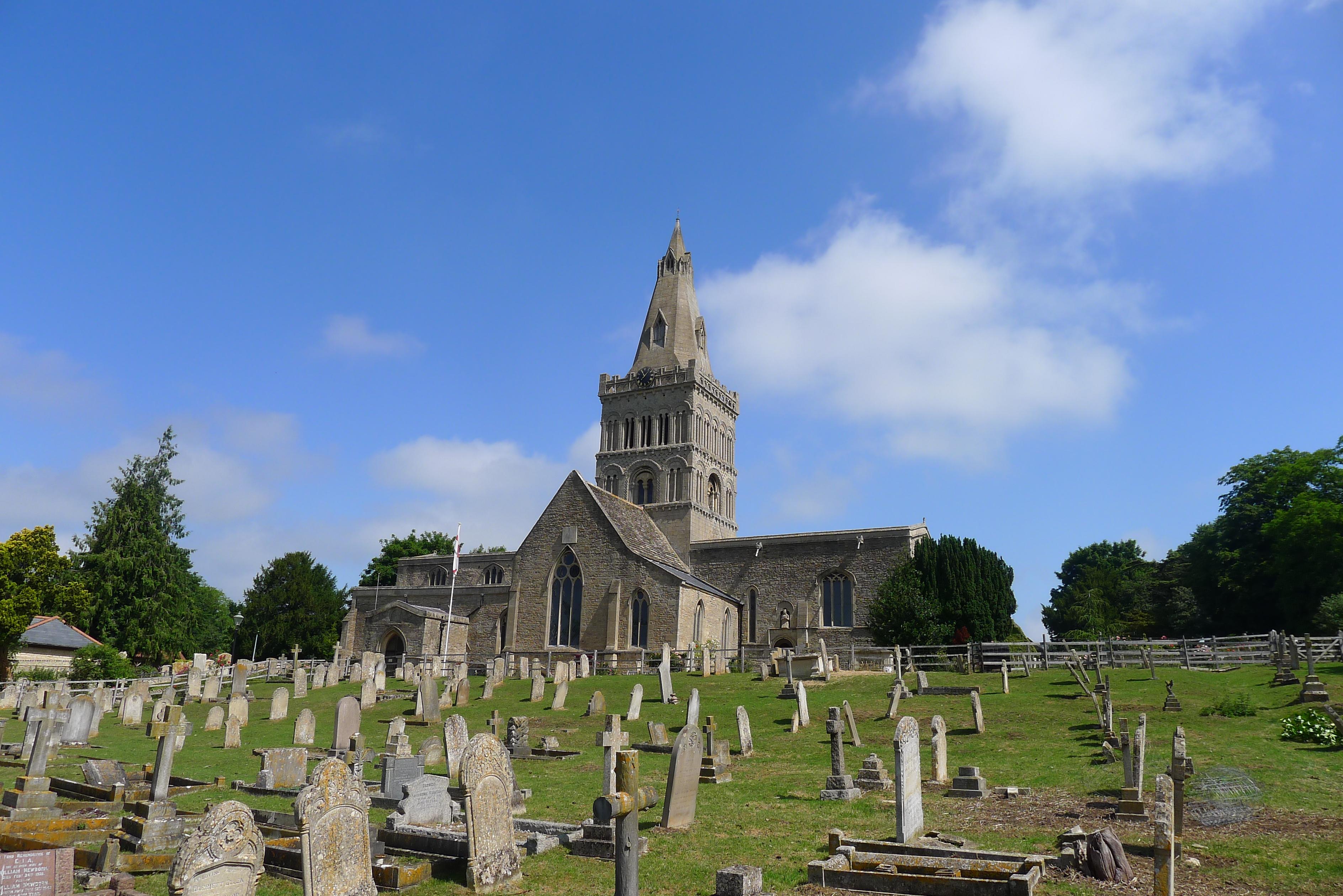Peterborough Cathedral
Peterborough,
Founded as a monastic community in 654AD, the cathedral became one of the most significant medieval abbeys in the country, the burial place of two queens and the scene of Civil War upheavals.

In Roman times Castor was part of a large complex centred around Durobrivae, a little to the southwest at Water Newton, Castor Ware is a well known Roman product.
Castor, Cambridgeshire
In the 1970s a hoard of Roman silver was discovered near Water Newton. Dating from the 4th century AD, it included items with Christian symbols on, making it the earliest Christian silver yet found in the Roman Empire.
Castor's church stands within Roman foundations, and Roman materials were reused in its walls. It seems a fair assumption that there was a Christian congregation in this area as early as the 4th century. Three hundred years later, in 650, St Kyneburgha, a daughter of King Penda of Mercia, founded a Saxon convent within the Roman ruins. Vikings probably sacked that building, and the present church was begun around 1100.
It incorporates several late Saxon items, including a carving of Christ in Majesty over the south porch. He is flanked by the sun and the moon. In the church is an 8th or 9th century carving of an Apostle, which may have formed part of the shrine of St Kyneburgha that once stood here. St Kyneswitha, St Kyneburgha's sister, was also buried here. The remains of both were moved to Peterborough in the 11th century.
The church itself is one of the finest in East Anglia, and is famous for its amazing tower. This has some of the most detailed decorative carving seen on any Norman church. Every surface of the top two stages is covered in carving: round headed windows, blind arcades, balusters with varying designs, fishscale patterning, some of it rounded and some triangular, and corbel stones featuring weathered faces. This structure is topped by a spire dating from about 1350. There is more Norman carving inside the church, especially on the capitals of the piers. These are fascinating and include a bird attacking a serpent, stylised faces with foliage growing out of them, a boar hunt, men fighting, assorted dragons, and much more besides. All of this astonishing work dates from about 1100.
Brightly painted angels, with gowns of different colours and outstretched wings, can be seen on the 15th century roof. The modern kneelers are just as bright with some showing local scenes.
Peterborough,
Founded as a monastic community in 654AD, the cathedral became one of the most significant medieval abbeys in the country, the burial place of two queens and the scene of Civil War upheavals.
Barnack, Cambridgeshire
The name Barnack is synonymous with a particularly fine building stone. and it was used in hundreds of buildings in this area and much further afield, transported by boat on the Welland, Nene and other rivers.
Etton, Cambridgeshire
A pure unaltered 13th century Early English Cambridgeshire church with broached spire.